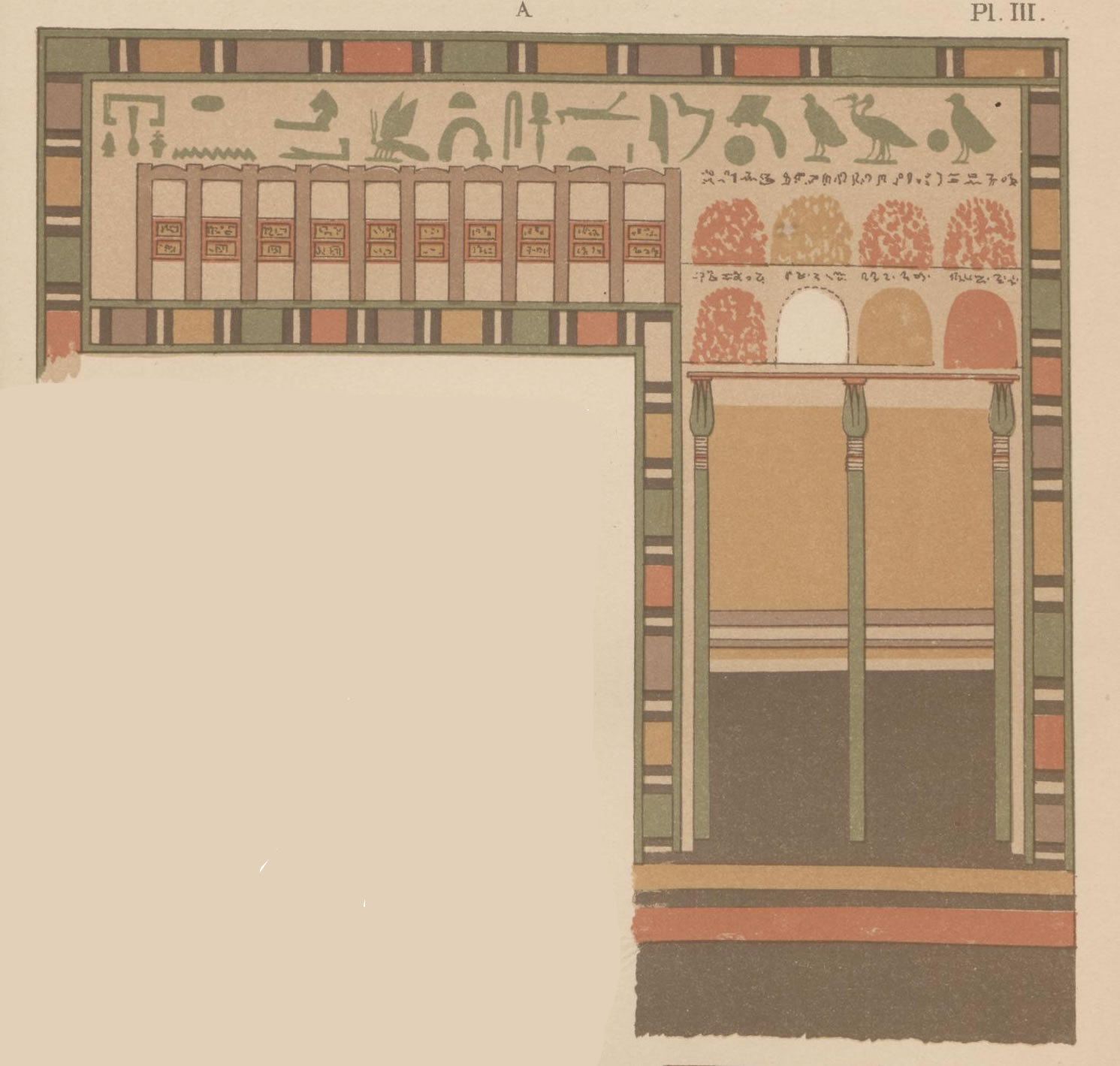Khubau on:
[Wikipedia]
[Google]
[Amazon]
 Khubau was an ancient Egyptian high official who lived at the end of the
Khubau was an ancient Egyptian high official who lived at the end of the
 Khubau was an ancient Egyptian high official who lived at the end of the
Khubau was an ancient Egyptian high official who lived at the end of the Old Kingdom
In ancient Egyptian history, the Old Kingdom is the period spanning c. 2700–2200 BC. It is also known as the "Age of the Pyramids" or the "Age of the Pyramid Builders", as it encompasses the reigns of the great pyramid-builders of the Fourth ...
in the 6th Dynasty
The Sixth Dynasty of ancient Egypt (notated Dynasty VI), along with the Third, Fourth and Fifth Dynasty, constitutes the Old Kingdom of Dynastic Egypt.
Pharaohs
Known pharaohs of the Sixth Dynasty are listed in the table below. Manetho ac ...
around 2300 BC. He might date under king Pepi II
Pepi II Neferkare (2284 BC – after 2247 BC, probably either 2216 or 2184 BC) was a pharaoh of the Sixth Dynasty in Egypt's Old Kingdom who reigned from 2278 BC. His second name, Neferkare (''Nefer-ka-Re''), means "Beautiful is ...
(about 2284 BC – 2247 BC) or shortly after. Khubau is known from his tomb at Saqqara
Saqqara ( ar, سقارة, ), also spelled Sakkara or Saccara in English , is an Egyptian village in Giza Governorate, that contains ancient burial grounds of Egyptian royalty, serving as the necropolis for the ancient Egyptian capital, Memphis. ...
close to the Pyramid of Pepi II
The pyramid of Pepi II was the tomb of Pharaoh Pepi II, located in southern Saqqara, to the northwest of the Mastabat al-Fir’aun. It was the final full pyramid complex to be built in Ancient Egypt. Long used as a quarry, the pyramid was excava ...
. His proper tomb was found by Gaston Maspero
Sir Gaston Camille Charles Maspero (23 June 1846 – 30 June 1916) was a French Egyptologist known for popularizing the term "Sea Peoples" in an 1881 paper.
Maspero's son, Henri Maspero, became a notable sinologist and scholar of East Asia.
...
further elements, including two small obelisk
An obelisk (; from grc, ὀβελίσκος ; diminutive of ''obelos'', " spit, nail, pointed pillar") is a tall, four-sided, narrow tapering monument which ends in a pyramid-like shape or pyramidion at the top. Originally constructed by Anc ...
s and a small stela were excavated by Gustave Jéquier
Gustave Jéquier (14 August 1868 – 24 March 1946) was born in and died in Neuchâtel, Switzerland. He was an Egyptologist and one of the first archaeologists to excavate ancient Persian cities in what is now Iran. He was a member of Jacques de ...
Khubau had several titles. He was priest at the pyramid of Pepi II, overseer of priests but also overlord of Ta-wer
Ta-wer (''the great land'') was the 8th Upper Egyptian ancient nome. Its capital was Thinis, and another important town was Abydos. The exact borders of the nome are not known for sure, but the southern border might have been near Abu Tesht (ancie ...
. With the latter position he was nomarch
A nomarch ( grc, νομάρχης, egy, ḥrj tp ꜥꜣ Great Chief) was a provincial governor in ancient Egypt; the country was divided into 42 provinces, called nomes (singular , plural ). A nomarch was the government official responsib ...
in the 8th Upper Egyptian nome Edward Brovarski (2018)ː ''Naga ed-Dêr in the First Intermediate Period'', Loockwood Press, Atlanta, Georgia, , p. 87-88
His tomb consist of a shaft with a decorated burial chamber, showing offerings.
References
{{Reflist Nomarchs People of the Sixth Dynasty of Egypt